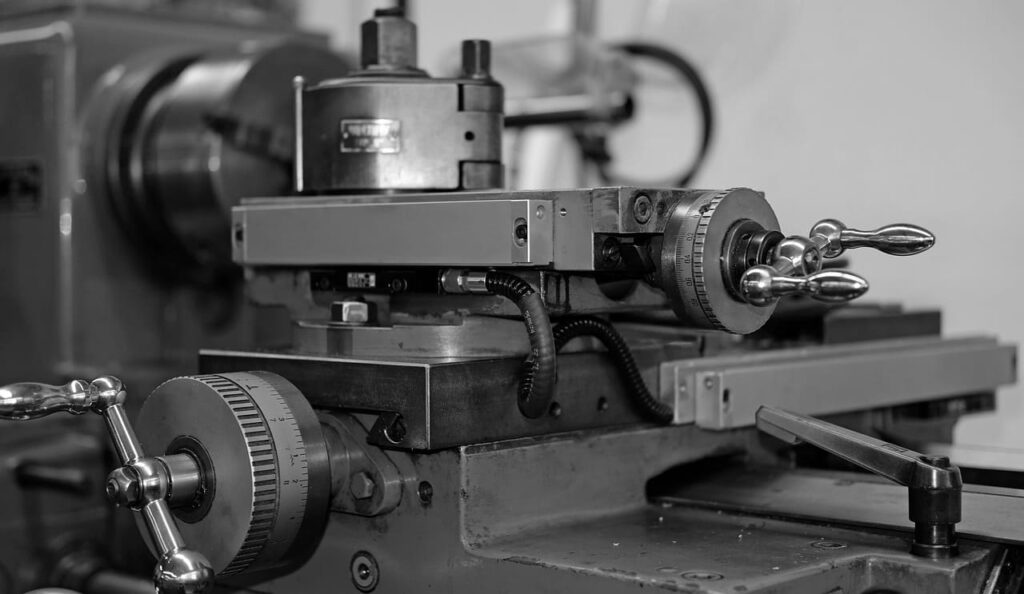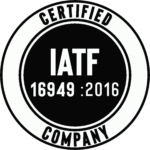Quenching: Essential Heat Treatment for Strength and Durability
Quenching is a critical heat treatment process used to increase the hardness, strength, and wear resistance of metals, especially steels and alloys. This process involves rapidly cooling a heated metal to lock in the microstructure that forms during the heating phase. Quenching is essential for components that require high strength, durability, and resistance to deformation under stress.

The Quenching Process
The quenching process begins with heating the metal to a temperature that is above its critical temperature, where its microstructure can be transformed. Once the desired temperature is reached, the metal is rapidly cooled in a quenching medium. This rapid cooling transforms the microstructure into a martensitic phase, which results in a hard and strong surface. However, this rapid cooling also induces internal stresses and potential warping, which is why selecting the right quenching medium is crucial.
Types of Quenching Based on Cooling Medium
Salt Bath Quenching
Salt bath quenching involves immersing the heated workpiece into a molten salt bath. This method offers a uniform temperature distribution during heating, which helps avoid distortion and cracking. The molten salt mixture—often containing sodium chloride or potassium chloride—provides rapid cooling, making it ideal for precision components that require controlled cooling and minimal dimensional changes.Oil Quenching
In oil quenching, the heated workpiece is rapidly immersed in oil. The oil cools the component more slowly than water, making this method ideal for parts that require a slower cooling rate to minimize thermal shock and prevent cracking. Oil quenching is commonly used for thicker or more complex components, providing excellent hardness while reducing the risk of distortion.Water Quenching
Water quenching is one of the oldest and most widely used quenching methods. In this process, the heated workpiece is submerged in water, which provides a very fast cooling rate. Water quenching is often used for steels that need to achieve higher hardness levels. However, the rapid cooling can introduce stresses in the material, leading to warping or cracking, especially for thicker parts.Air Quenching
Air quenching involves cooling the heated workpiece in ambient air, often using fans or airflow systems to enhance the cooling process. This method is typically used for materials that require slower cooling and is often applied to high-alloy steels or components where dimensional accuracy is critical. Air quenching provides a gentler cooling process, reducing the likelihood of distortion.Gas Quenching
Gas quenching uses inert gases, such as nitrogen or helium, to cool the workpiece after heating. This method provides faster cooling than air quenching but is slower than oil or water quenching. Gas quenching is ideal for high-precision parts where minimal distortion is required, and is often used in aerospace and automotive applications where component integrity is crucial.Polymer Quenching
Polymer quenching uses a solution of water and polymer additives to cool the workpiece. The polymer solution provides a cooling rate between that of oil and water, offering a controlled, uniform quenching process. This method helps reduce cracking and warping while offering good cooling efficiency, making it a versatile choice for a variety of components.
Benefits of Quenching
- Increased Hardness: Quenching produces a hard martensitic structure, improving the material’s ability to resist wear, abrasion, and deformation.
- Enhanced Strength: The rapid cooling locks in the high-strength microstructure, giving the component superior strength and performance under stress.
- Improved Durability: Quenching extends the lifespan of components by enhancing resistance to fatigue, cracking, and other types of damage.
- Precision and Control: By selecting the appropriate quenching medium, manufacturers can control the cooling rate, ensuring the desired hardness and dimensional stability.
Why Choose Quenching at SIMIC Manufacturing?
At SIMIC Manufacturing, we offer precision quenching services tailored to meet the specific needs of your components. Whether you’re looking for increased hardness, improved wear resistance, or enhanced strength, our quenching process ensures optimal results. Our team of experts works with a variety of quenching mediums to meet your specific requirements, delivering durable, high-performance parts for demanding applications.
Contact SIMIC Manufacturing
For more information on our quenching services or to request a quote, please contact SIMIC Manufacturing today. Let us help you enhance the durability, performance, and longevity of your components with our advanced heat treatment solutions!



